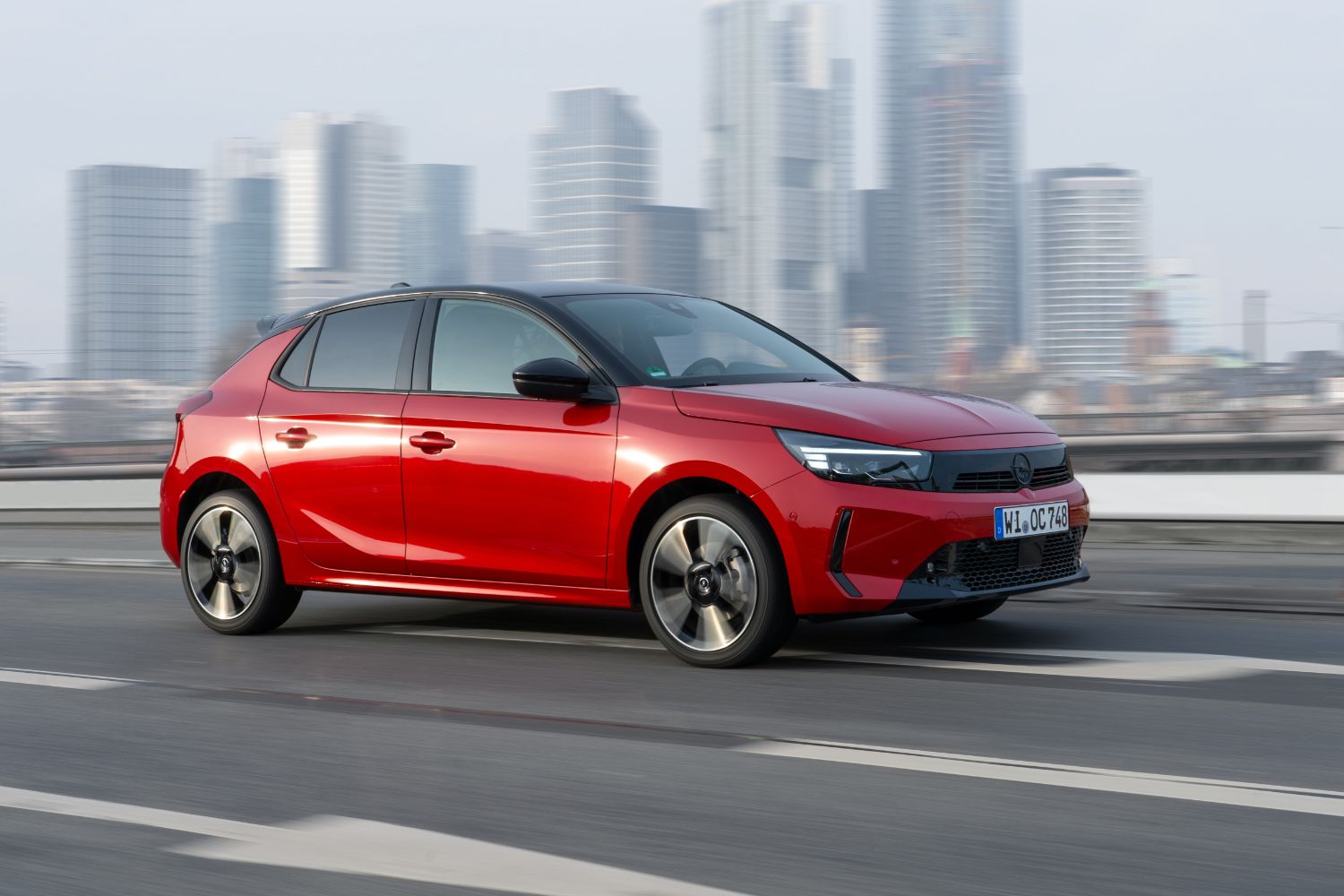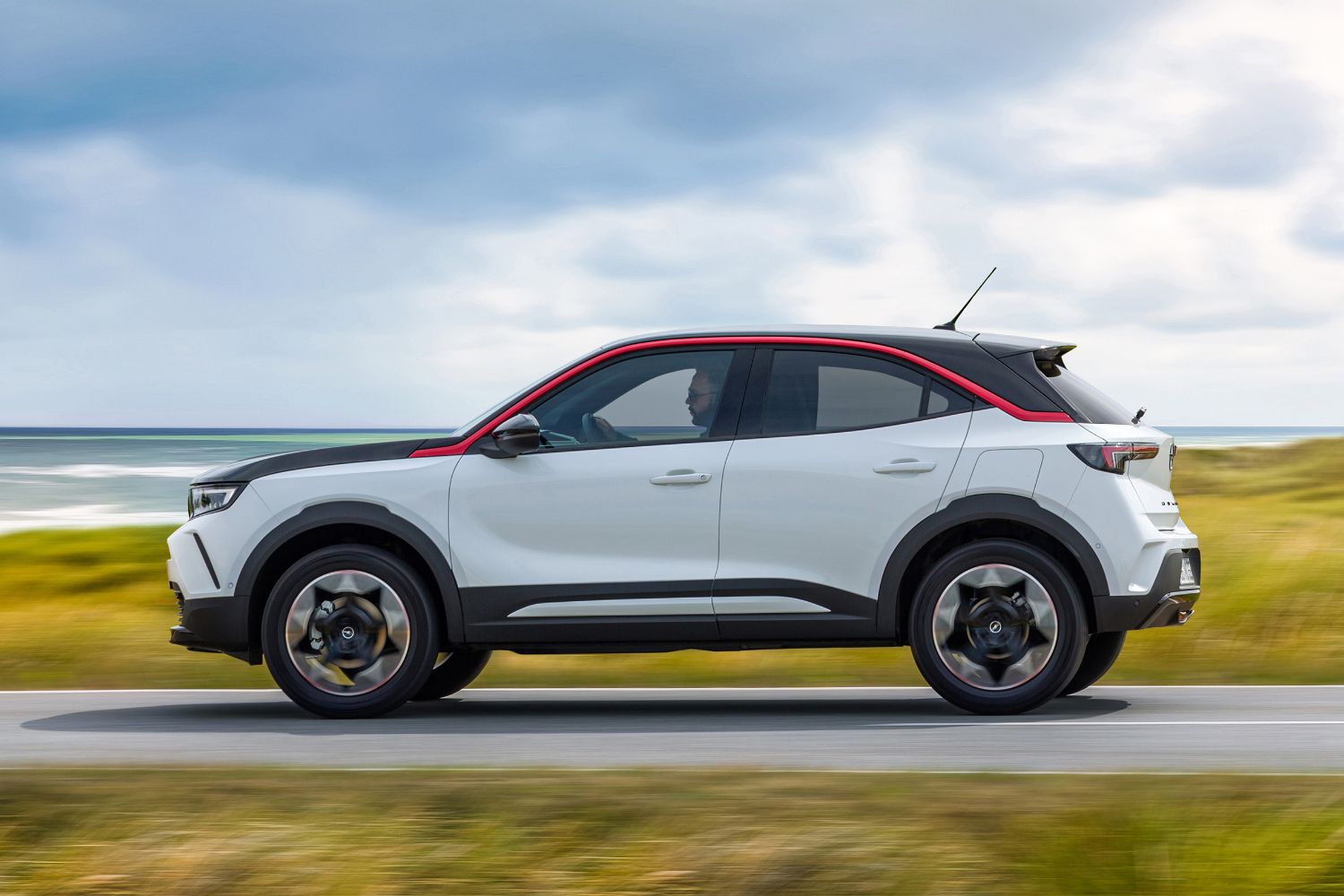Opel is expanding its hybrid line-up in Ireland, with the addition of hybrid-engined Corsa and Mokka models.
While we wait for the arrival of the high-tech new Grandland (which will be available in both hybrid and full-electric forms), the Corsa and the Mokka will get new hybrid versions to complement their fully electric models.
What kind of hybrid are we talking about here?
The new cars use the 1.2-litre hybrid system common to many Stellantis Group models. It isn’t quite a full-hybrid, like a Toyota hybrid, and it only has relatively limited bursts of electric-only running, yet it’s more efficient and more ‘electrified’ than a basic mild-hybrid system.
It’s all based around a 48-volt electrical system which powers a compact electric motor integrated into a six-speed dual-clutch automatic gearbox. The petrol and electric motors can work separately or combined depending on what’s best for performance and economy at any given time.
The Corsa Hybrid gets a 1.2-litre 100hp hybrid engine and starts at €29,695 in SC form. You can also upgrade to Elegance or GS trim. Opel claims that the hybrid Corsa is 18 per cent more fuel efficient than the regular 1.2-litre petrol version. Its combined fuel consumption is 4.7 l/100km, and its CO2 emissions are 106g/km.
Is the Mokka thirstier?
Not by much, no. The Mokka, being slightly bigger, gets a more powerful 136hp version of the same hybrid engine. The SC model's starting price is € 34,995, with upgrades to Elegance or GS trim. Opel reckons that the Mokka hybrid is a full 20 per cent more efficient than the petrol-engined version, with fuel consumption of 4.9 l/100km and CO2 emissions of 110g/km.
The engines are torquey, too, with 205Nm for the Corsa and 230Nm for the Mokka. Both engines meet the latest Euro6.4 emissions regulations.
The six-speed automatic has been designed so that the electric motor covers up the gaps between ratios during a gearshift, ensuring an almost uninterrupted flow of power when accelerating. The electric motor and the all-important DC inverter are packaged within the gearbox casing, making for more compact packaging within the car's body.
That little electric motor contributes as much as 28hp and 55Nm of torque to the engine, and it is controlled by a belt-driven starter/generator, which also fires the engine up and acts as the stop-start system when in heavy traffic.
Where’s the battery?
The compact 48-volt lithium-ion battery sits under the passenger seat, so there’s no loss of luggage space. The car has a normal 12-volt electrical system for its normal functions, and the two batteries can be charged together when needed.
There’s enough battery capacity for both cars to cover up to 1km on electric power alone, and Opel claims that when driving around town, they’ll both spend about 50 per cent of the time on electric power. The system automatically switches to electric drive when the battery charge, outside temperature and catalytic converter temperature are appropriate. When slowing down, the petrol engine switches off, and the electric motor acts as a generator to recharge the 48-volt battery of the hybrid system. At the same time, when the accelerator pedal is released, the hybrid can “sail” with the support of the electric motor.
There are three driving modes - Eco, Normal, and Sport - and in Sport mode the petrol engine is always switched on for maximum power. There’s a hybrid information display in the instrument panel, which also automatically shows a trip summary when you switch the engine off, so you can keep an eye on what kind of fuel economy you’re getting, and what percentage of time the car has spent running in electric mode.



